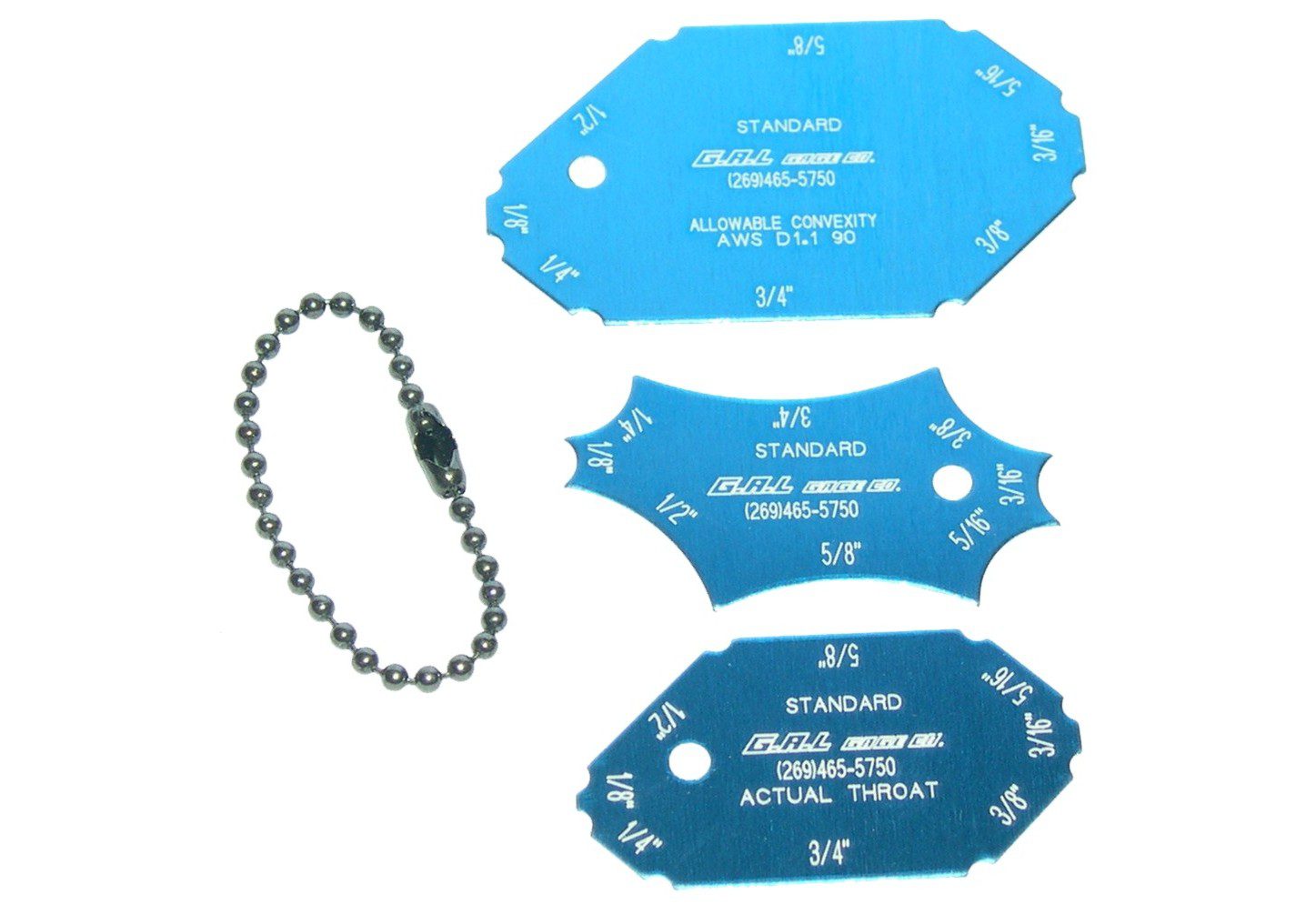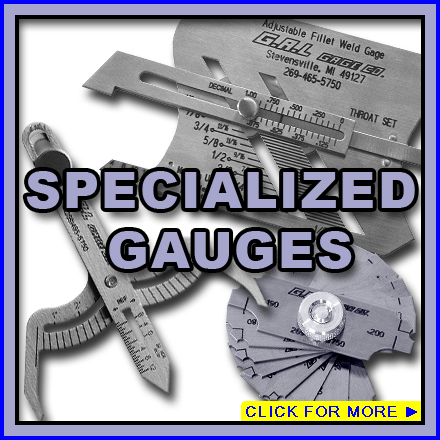The Duty of Gauge Fillet Weld in Structural Integrity: What You Need to Know
The Duty of Gauge Fillet Weld in Structural Integrity: What You Need to Know
Blog Article
Ingenious Approaches to Fillet Weld Examination and Screening: Enhancing Weld Quality and Conformity Specifications
In the realm of welding, the top quality and integrity of fillet welds play a vital duty in making certain the architectural sturdiness and dependability of various commercial parts. With the continuous drive for boosted efficiency and conformity with strict criteria, the expedition of cutting-edge approaches to fillet weld examination and screening has actually come to be essential.
Advanced Non-Destructive Testing Approaches
Utilizing state-of-the-art technologies, progressed non-destructive testing approaches play an essential role in making certain the honesty and high quality of fillet welds. These methods, such as phased selection ultrasonic screening (PAUT) and magnetic particle testing (MPT), offer detailed understandings right into the weld's internal framework without creating any kind of damage to the material. PAUT, for example, makes use of multiple ultrasonic aspects to inspect the weld from different angles, giving a detailed visualization of possible issues like lack of combination or fractures.
By employing these innovative non-destructive testing techniques, weld assessors can accurately assess the top quality of fillet welds, guaranteeing compliance with sector criteria and policies. The capability to detect problems early on not just boosts weld quality yet additionally prevents costly rework or failures in architectural integrity, underscoring the significance of these cutting-edge testing methods in welding evaluations.
Robotics and Automation in Examination

The assimilation of robotics and automation has actually changed the inspection process for fillet welds, enhancing performance and accuracy in high quality analysis. Robotics offer accurate control and repeatability in inspecting welds, ensuring dependable and regular results. Automated systems can be programmed to comply with particular examination paths, making certain complete protection of welds and decreasing the risk of human mistake.
Robotic examination systems outfitted with advanced sensing units can spot and measure weld features with high precision, providing thorough data for analysis. These systems can recognize problems such as splits, lack of blend, and porosity, enabling prompt rehabilitative actions to be taken. Additionally, robotics and automation permit real-time data collection and evaluation, providing instant feedback to drivers and promoting fast decision-making procedures.
Moreover, the use of robotics and automation in fillet weld evaluation enhances total performance by reducing inspection times and raising inspection throughput. By simplifying the evaluation process, makers can make certain weld top quality and compliance standards are met efficiently, ultimately bring about set you back financial savings and improved product top quality.
Utilizing Expert System for Analysis
Man-made intelligence plays a crucial role in enhancing the performance and accuracy of analysis in fillet weld examination procedures. AI formulas can rapidly refine vast amounts of data from weld examinations, detecting flaws or disparities that might be challenging to determine with the naked eye.
In addition, AI systems can gain from past examination data, constantly enhancing their capacity to identify prospective defects and discrepancies in fillet welds. This adaptive discovering ability enhances the total top quality control procedure, decreasing the chance of human error and making sure that welds satisfy the called for criteria. By incorporating expert system right into fillet weld analysis, markets can accomplish higher levels of performance, uniformity, and conformity in their assessment practices.
Portable Equipment for On-Site Evaluation
Enhancing field inspection efficiency, the fostering of portable devices changes on-site analysis processes for fillet welds. These devices offer adaptability and comfort, enabling examiners to conduct comprehensive evaluations in numerous locations, including difficult or remote atmospheres. Mobile devices such find as ultrasonic screening devices, magnetic fragment assessment devices, and digital radiography systems provide real-time data and high-resolution imaging abilities, making it possible for fast decision-making and immediate feedback on weld quality.
One significant benefit of mobile tools is their capacity to simplify inspection treatments, minimizing downtime and boosting overall efficiency - Gauge Fillet Weld. Assessors can easily deliver these devices to different work sites, eliminating the demand for transferring hefty machinery or elements to off-site centers. Additionally, the mobility of these devices advertises cost-effectiveness by reducing transport helpful hints costs and speeding up evaluation timelines
Moreover, making use of portable tools for on-site examination advertises proactive quality assurance actions, as examiners can immediately recognize and address any type of prospective welding issues or inconsistencies. By integrating these cutting-edge innovations right into on-site assessment techniques, welding specialists can ensure compliance with industry standards and enhance weld quality, inevitably leading to enhanced architectural stability and security in different welding applications.
Integration of Information Management Systems

Having actually optimized on-site assessment processes with the utilization of portable tools, the following phase includes the seamless integration of information monitoring systems to even more improve performance and information analysis capacities in fillet weld evaluation and testing. By incorporating information monitoring systems into the examination process, organizations can streamline data collection, storage space, and analysis. This integration permits real-time monitoring of weld quality, immediate identification of problems, and prompt decision-making to correct any kind of concerns that may occur throughout the inspection process.
Information monitoring systems play a critical function in systematizing evaluation information, assisting in easy access for authorized personnel, and making sure data integrity and safety and security. Through the combination of these systems, inspectors can produce detailed records, track historical data for pattern analysis, and boost general procedure effectiveness. The integration of information administration systems makes it possible for seamless communication in between various stakeholders entailed in the evaluation process, promoting collaboration and boosting general top quality control steps. Inevitably, the assimilation of information monitoring systems serves to elevate the standards you can look here of fillet weld assessment and screening, ensuring compliance with sector policies and enhancing weld quality.
Conclusion
In conclusion, ingenious methods to fillet weld assessment and screening have significantly boosted weld quality and conformity criteria. Advanced non-destructive testing methods, robotics, automation, fabricated knowledge, mobile tools, and information monitoring systems have changed the way weld assessments are conducted. By utilizing these modern technologies, markets can guarantee that welds fulfill the needed quality requirements and regulations, inevitably enhancing overall performance and safety and security in welding processes.

Having maximized on-site evaluation processes through the utilization of mobile devices, the next phase entails the seamless integration of data monitoring systems to further boost effectiveness and information evaluation capacities in fillet weld examination and screening. Eventually, the combination of information monitoring systems offers to raise the requirements of fillet weld inspection and testing, making sure conformity with industry laws and enhancing weld high quality.
Report this page